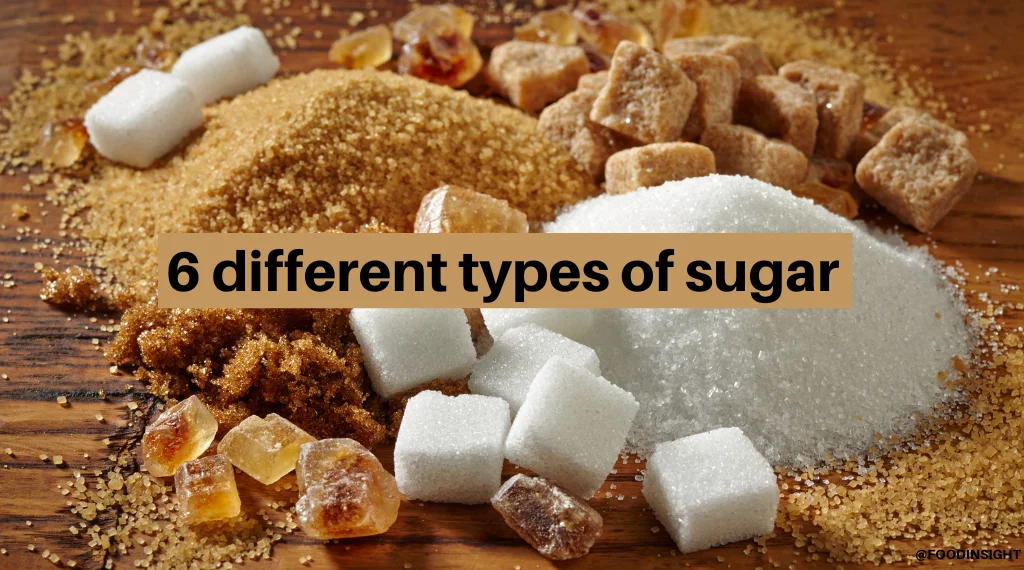The agricultural practices for beet sugar vs cane sugar contribute to differences in production scale.
The agricultural practices for beet sugar vs cane sugar contribute to differences in production scale.
Blog Article
Recognizing the Nutritional Benefits of Beetroot Sugar Vs Walking Cane Sugar for Health And Wellness Conscious Consumers
When examining the nutritional implications of beet sugar versus walking cane sugar, health-conscious consumers locate that both ranges primarily consist of sucrose and offer comparable caloric values, each adding about 16 calories per tsp. Despite this resemblance, neither kind confers significant health and wellness advantages, as they are without essential nutrients. Checking out the broader effects, including ecological factors to consider and long-term health impacts of sugar usage, may illuminate more nuanced differences between these two sugars.
Nutritional Profile and Caloric Worth of Beet Sugar and Walking Stick Sugar
Although both beet sugar and walking cane sugar are mainly made up of sucrose, their dietary profiles and caloric worths are incredibly similar. There are trace distinctions in the contaminations that remain after handling, which can somewhat impact the flavor and shade of the sugars, but these are negligible in terms of wellness impact. For customers concentrating on nutritional impact, the selection in between beetroot and walking stick sugar is more regarding personal choice or prospective environmental concerns instead than dietary distinctions.
Environmental Effect and Sustainability of Sugar Manufacturing
While the nutritional distinctions between beetroot sugar and walking stick sugar are minimal, their production processes present even more significant variations, especially in terms of ecological effect and sustainability. Walking cane sugar manufacturing commonly entails considerable land use and logging, which adds to environment damage and biodiversity loss. This agriculture is also connected with high water intake and water air pollution due to the overflow of chemicals and fertilizers. On the other hand, beetroot sugar production normally requires much less land and can be cultivated in more pleasant climates, which may reduce the requirement for watering and the involved water source depletion.
Nonetheless, beetroot farming is not without its ecological challenges; it involves significant energy inputs, especially in the north climates where it is grown, because of the requirement for longer home heating periods in sugar processing. Both sugar beetroot and sugar cane industries are checking out much more sustainable practices, including plant rotation, chemical-free farming, and improved waste monitoring techniques to alleviate these impacts.
Wellness Effects and Recommendations for Sugar Usage
In spite of their marginal why not try these out nutritional differences, both beet sugar and walking cane sugar look at this now can have harmful wellness effects when eaten over. High consumption of either sort of sugar contributes to a variety of health and wellness concerns, consisting of obesity, kind 2 diabetes, and cardiovascular disease. Both sugars are pure sucrose and offer no necessary nutrients aside from calories, resulting in fast spikes in blood glucose degrees upon consumption.


Final Thought

Report this page